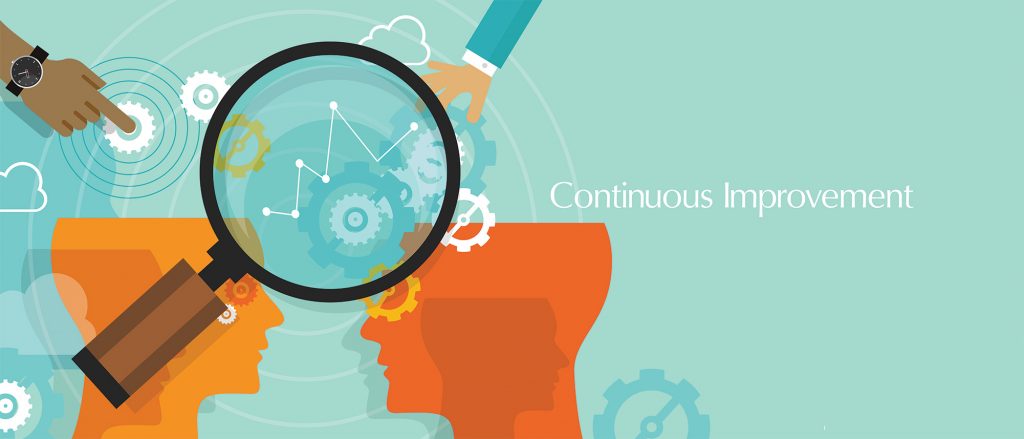Share

Organisations seek innovation from suppliers in order to help become more profitable and create competitive advantage. The smart ones recognise with around 70% of their finances based on third-party supplies, then being active in managing suppliers (and what they can do) is a ‘good thing’.
The focus is typically on;
But it’s not enough for suppliers or providers to supply to contract (although that’s not a given, as many suppliers are, in reality, rather mediocre). For the most capable and high-performing suppliers, then close and collaborative relationships are possible. And this is where innovation (or ‘supplier-enabled innovation’) comes in.
Not all innovation is of the same type. It is appropriately captured at two levels:
Achieving such improvements is no accident – it requires intention and attention from leaders – in the C-suite and from within Procurement.
Intention is about taking supplier innovation seriously and leading with purpose. Making it a genuine and visible priority for the business.
Attention is more about creating the capacity (or bandwidth) to go after innovation, for example by providing resources to focus on the challenge.
For C-Suite executives, key to any organisation raising its game in fermenting innovation (internally, and between customer and suppliers) is establishing the right ‘tone’, or culture. Executives must look to move the cultural mindset from “it won’t work here”, to “can we make it work?”
Questions such as “are we doing the right things?” “can we do these things better?” “what barriers are standing in the way of us doing things better, and what can we do to overcome them?” are all useful.
Executives have within their gift the opportunity to create this environment by democratising creativity, encouraging widespread participation of employees from all functions, and at all levels. And importantly, acknowledging that sensible risk-taking in the pursuit of innovation allows for ‘failure’ – which is a hallmark of a ‘learning organisation’.
One important practical step that can be taken by executives is in providing a budget to functional heads so that time is allocated to new product design, including evaluating possible changes to the service or product specification, and the attention that’s brought to incremental improvement in business operations – the “can we do this better?” question.
For this, setting some goals and targets that promote the generation of ideas is to be encouraged. Knowing that progress on capturing supplier innovation is being monitored also helps retain focus.
Selecting the right suppliers is key. Procurement’s supplier segmentation process will ideally recognise the suppliers that have superior capability and innovation record, improvement-generating processes, and resources dedicated to improvement. Prioritising suppliers also includes Procurement’s ability to understand emerging technologies so that it knows which winners to back.
During my time as Procurement Director at Rolls Royce, we set-up a team of process improvement experts, and selected suppliers were invited to participate in ‘breakthrough value’ workshops, with the specific aim of challenging current methods (including the specification, where possible) to capture new ideas.
The ability to generate ideas without immediately leaping to judgement, and in a environment safe for improvement engineers and suppliers, released a lot of hitherto-suppressed creativity.
Nevertheless, motivating suppliers is not without its challenges. It’s not unusual for there to be legacy issues in the relationship with suppliers. Past opportunistic and adversarial behaviour damages trust and commitment.
Convincing suppliers that a prevailing ‘zero-sum’ negotiation approach is capable of being replaced by a more collaborative mode of operation, requires Procurement to also demonstrate appropriate behaviour, for example eliminating blame, prohibiting commercial opportunism, modelling collaboration, being predictable, putting in place ‘confidentiality agreements’, etc.
Benefits-sharing is key and is not always easy to achieve. In the past, I’ve been involved with setting-up 50/50 sharing arrangements of gains made during collaborative improvement activity, although these have been time -limited (with 100% of the benefit reverting to the buying organisation after twelve months). CFOs haven’t always been ‘on board’ with this type of arrangement, but they still need to be convinced that keeping suppliers ‘in the game’ is just as important as maximising savings in the short-term.
For the positive, even enthusiastic supplier, by demonstrating commitment to the customer and tackling the hard issues associated with improving performance and providing greater value can improve the pace and depth of collaboration and paving the way for a freer exchange of ideas. These foundations can lead to the more ambitious pursuit of real (positively) disruptive improvement.
If supplier-enabled innovation is on your priority list, then here are some things for you to think about:
Firstly, why not set a challenge – ask yourself (and your business) how do you intend to gain tangible results from SEI that help create positive momentum for improvement, in a way that sustains everyone’s interest (procurement, stakeholders, executive, and suppliers)?
Consider agreeing a set of protocols that promote ‘best practice’ in idea generation. Don’t just hope for the best; develop rules of engagement and processes that can be monitored.
Appeal to supplier leaders’ desire to improve. Most want to do well by their customers and will respond to genuine encouragement. And include a benefits-sharing agreement.
And finally, endeavour to measure results – perhaps whether to set formal targets, and rigorously track progress (say, the number of initiatives launched and completed, the value that’s created, patents applied for and secured, etc.). And be demanding – improvements should ultimately be tracked to the top and bottom-lines.If you (or your procurement or SRM team) would like to learn more, then don’t hesitate to get in touch here or at www.4pillars.org.
Share
Dennis Stanley
Managing Partner
+44 (0) 7812 192 754